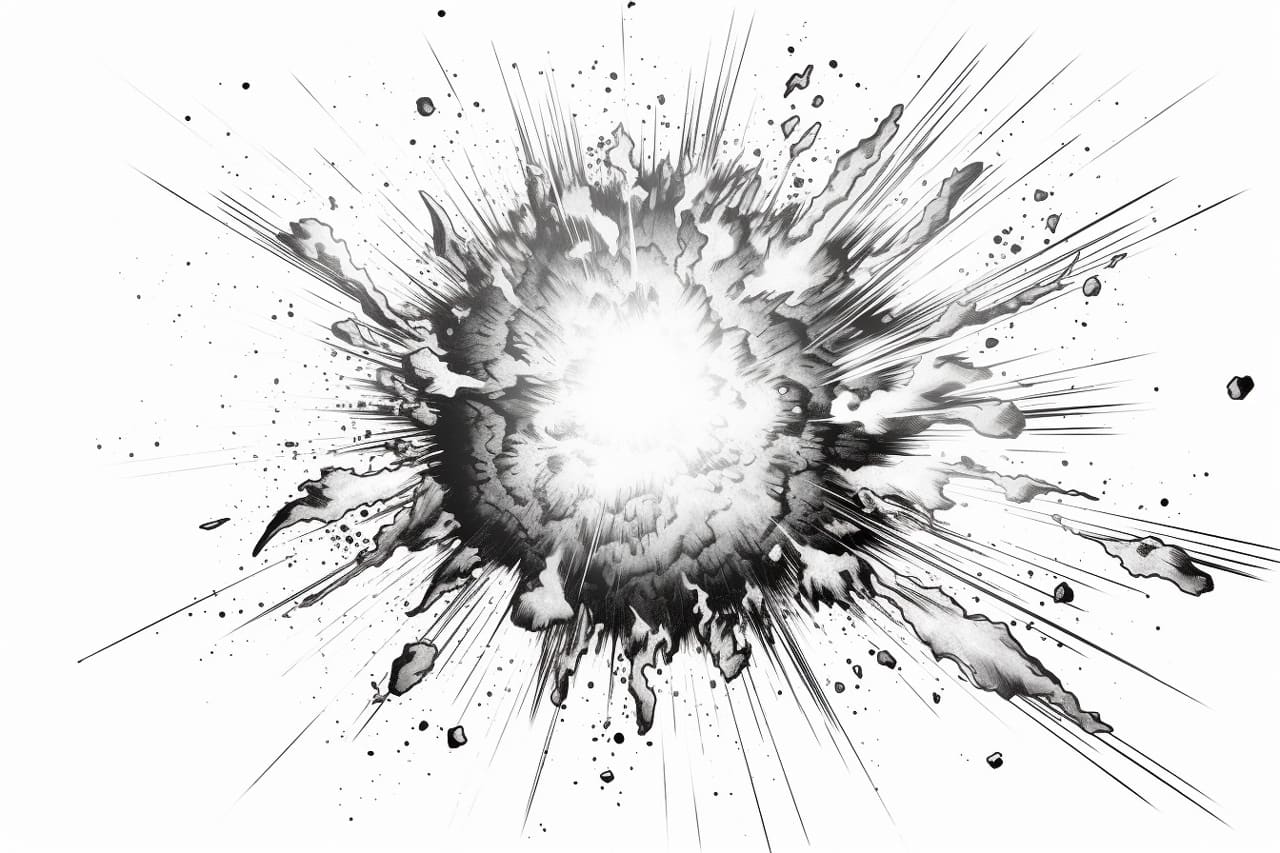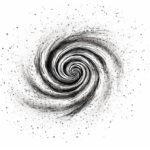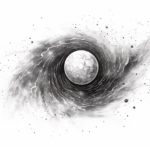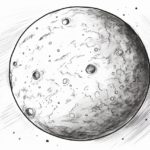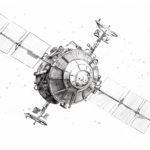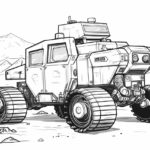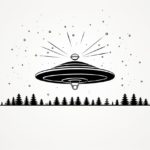Welcome to the fascinating art world, where creativity knows no bounds and imagination can soar to the universe’s farthest reaches. In this lesson, we will explore how to draw a Cosmic Explosion, a breathtaking display of energy and movement that captures the essence of the cosmos in a single artwork. From the swirling galaxies to the dazzling bursts of stardust, we will delve into the techniques and tips that will help you bring this celestial spectacle to life on paper. So, grab your pencils, and let’s embark on a cosmic journey together, where the possibilities are as endless as the stars themselves.
Materials Required
To create a drawing of a Cosmic Explosion, you will need the following materials:
- Drawing paper or sketchbook
- Pencils (graphite pencils of various grades for shading)
- Colored pencils or markers (for adding color)
- Charcoal or pastels (for creating dramatic effects)
- Blending tools (such as blending stumps or tortillons)
- Erasers (kneaded eraser and/or white plastic eraser)
- Reference images of cosmic explosions for inspiration
- Optional: metallic or iridescent paints or markers for adding shimmer and glow
These materials will help you capture the dynamic and colorful elements of a cosmic explosion in your drawing.:
How to Draw a Cosmic Explosion: a Step-by-step Guide
Step 1: Gather Your Materials
Gather all the necessary materials for your drawing. You will need a piece of drawing paper, a pencil, an eraser, colored pencils or markers, and a ruler (optional).
Step 2: Sketch the Composition
Start by lightly sketching the overall composition of the cosmic explosion. You can begin with a central point for the explosion and then radiating lines or shapes to represent the energy expanding outwards.
Step 3: Add Details
Add details to your cosmic explosion by incorporating swirling patterns, geometric shapes, and bursts of light and color. You can use your imagination to create a dynamic and visually captivating explosion.
Step 4: Define the Forms
Define the forms within the cosmic explosion by adding shading and highlights. Consider the light source and how it affects the shapes and colors within the explosion. This will help create depth and dimension in your drawing.
Step 5: Add Color
Use your colored pencils or markers to add vibrant colors to your cosmic explosion. Experiment with different color combinations to create a sense of energy and movement within the artwork.
Step 6: Refine and Detail
Take your time to refine and add any additional details to your drawing. Pay attention to the overall balance and composition of the cosmic explosion, making sure that each element complements the others.
Step 7: Final Touches
Once you are satisfied with your drawing, make any final touches or adjustments. Erase any remaining pencil lines, clean up any smudges, and ensure that the colors are vibrant and well-blended.
Step 8: Sign and Date
Finally, sign and date your artwork to mark its completion. You can also consider framing your cosmic explosion drawing to display or gift to others.
Conclusion
In conclusion, I want to commend you on your incredible work capturing the essence of a Cosmic Explosion. Your use of color, composition, and imagination truly brings this powerful and dynamic event to life on the canvas. Keep exploring your creativity and pushing your artistic boundaries. Your passion and dedication to your craft shine through in your work, and I have no doubt that you will continue to create amazing pieces that inspire and awe. Keep up the great work!
Fun Facts About Cosmic Explosions
- Cosmic explosions, such as supernovae and gamma-ray bursts, release more energy in a few seconds than the Sun will in its entire lifetime.
- Supernovae are responsible for creating and dispersing heavy elements like gold, platinum, and uranium into the universe.
- The brightest cosmic explosions, known as gamma-ray bursts, are considered the most powerful ones in the universe since the Big Bang.
- Some cosmic explosions, like supernovae, can outshine entire galaxies for a brief period of time, before fading away.
- Neutron stars and black holes can be formed as remnants of certain types of cosmic explosions, such as supernovae.
- Cosmic explosions can produce powerful shockwaves that can trigger the formation of new stars and influence the evolution of galaxies.
- The study of cosmic explosions helps astronomers better understand the life cycles of stars, the nature of dark energy and dark matter, and the overall structure of the universe.
- Some cosmic explosions, like supernovae, can be used as “standard candles” to measure cosmic distances and study the expansion of the universe.
- The first observed cosmic explosion in recorded history was the supernova SN 185, which appeared in the year 185 AD and was visible to the naked eye for several months.
- Cosmic explosions play a crucial role in the cosmic ecosystem, enriching the interstellar medium with heavy elements and driving the cycle of stellar birth and death in galaxies.
Suggestions for Scenes and Settings for Cosmic Explosion Drawings
Certainly! Here are some suggestions for scenes and settings for drawings of Cosmic Explosions:
- Space Nebula: Depict a cosmic explosion happening within a colorful and dynamic nebula, with swirling gases and dust clouds surrounding the explosion.
- Supernova Remnant: Show the aftermath of a cosmic explosion in the form of a supernova remnant, with expanding shockwaves and debris scattering in all directions.
- Galactic Center: Illustrate a cosmic explosion occurring at the center of a galaxy, surrounded by swirling stars, gas clouds, and a supermassive black hole.
- Planetary Collision: Create a scene where two planets collide in a dramatic cosmic explosion, with molten rock and debris flying outwards.
- Binary Star System: Visualize a cosmic explosion happening in a binary star system, with two stars orbiting each other and the explosion creating a spectacular light show.
- Interstellar Gas Cloud: Capture a cosmic explosion within an interstellar gas cloud, with the shockwaves rippling through the cloud and creating beautiful patterns.
- Black Hole Accretion Disk: Show a cosmic explosion near a black hole’s accretion disk, with intense gravitational forces shaping the explosion’s appearance.
- Exoplanet Atmosphere: Illustrate a cosmic explosion happening within the atmosphere of an exoplanet, with colorful gases and energy bursting outwards.
- Cosmic Dust Cloud: Depict a cosmic explosion within a dense dust cloud in space, with the explosion illuminating the surrounding particles and creating a mesmerizing scene.
- Cosmic Collision: Create a scene where two galaxies collide in a massive cosmic explosion, with stars, gas, and dust interacting in a chaotic and spectacular display.
SEO Meta Description
Discover how to create a striking Cosmic Explosion drawing with expert tips and techniques in this informative article. Learn how to capture the energy and beauty of a cosmic event on paper.
WordPress Excerpt
In this article, we’ll explore the mesmerizing world of drawing a Cosmic Explosion. Learn how to capture the explosive energy and vibrant colors of the cosmos on paper, and unleash your creativity by incorporating dynamic shapes and patterns. Get ready to embark on an artistic journey that will transport you to the far reaches of the universe!

